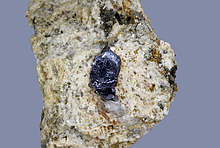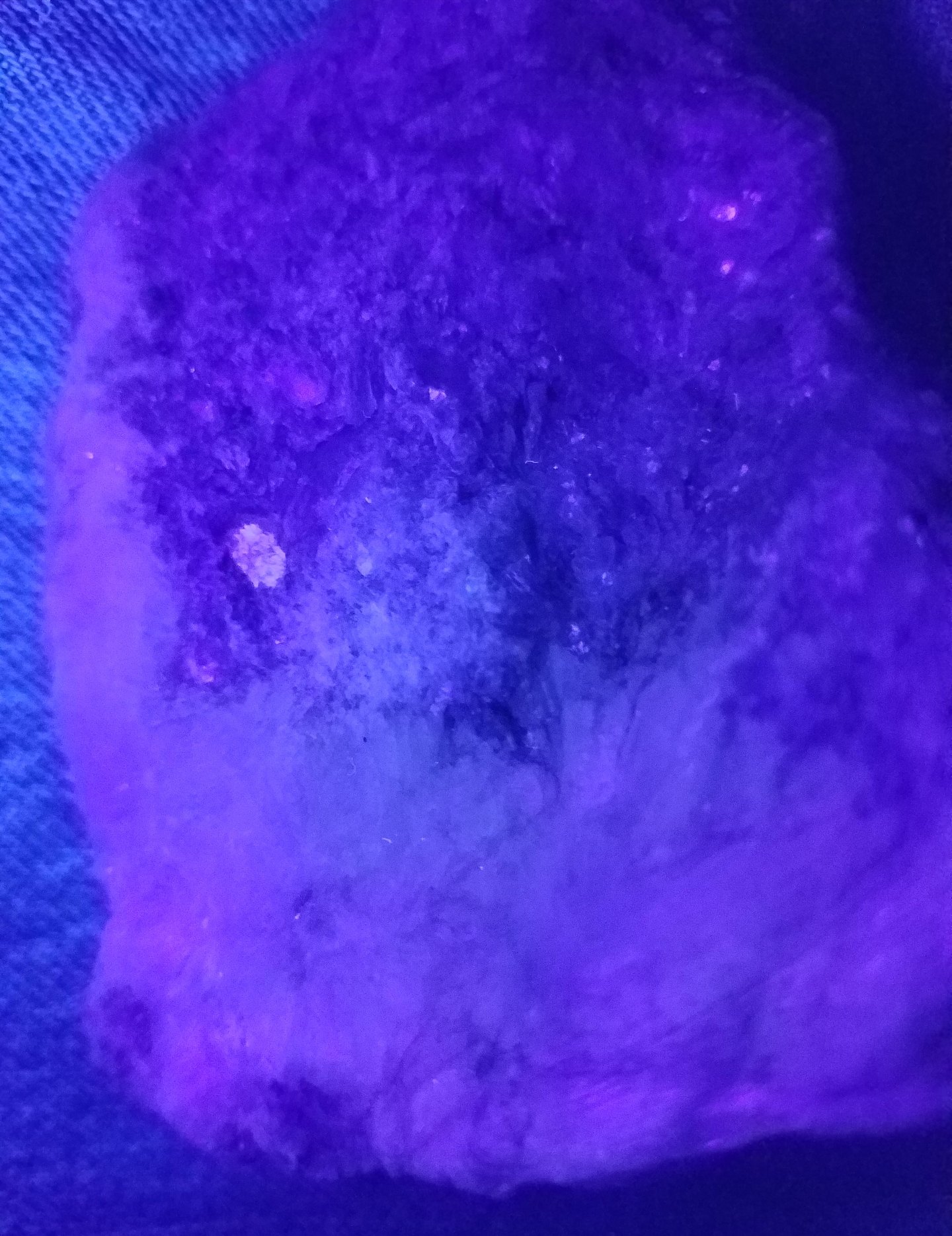Home PageAbout MindatThe Mindat ManualHistory of MindatCopyright StatusWho We AreContact UsAdvertise on Mindat
Donate to MindatCorporate SponsorshipSponsor a PageSponsored PagesMindat AdvertisersAdvertise on Mindat
Learning CenterWhat is a mineral?The most common minerals on earthInformation for EducatorsMindat ArticlesThe ElementsThe Rock H. Currier Digital LibraryGeologic Time
Minerals by PropertiesMinerals by ChemistryAdvanced Locality SearchRandom MineralRandom LocalitySearch by minIDLocalities Near MeSearch ArticlesSearch GlossaryMore Search Options
The Mindat ManualAdd a New PhotoRate PhotosLocality Edit ReportCoordinate Completion ReportAdd Glossary Item
Mining CompaniesStatisticsUsersMineral MuseumsClubs & OrganizationsMineral Shows & EventsThe Mindat DirectoryDevice SettingsThe Mineral Quiz
Photo SearchPhoto GalleriesSearch by ColorNew Photos TodayNew Photos YesterdayMembers' Photo GalleriesPast Photo of the Day GalleryPhotography
╳Discussions
💬 Home🔎 Search📅 LatestGroups
EducationOpen discussion area.Fakes & FraudsOpen discussion area.Field CollectingOpen discussion area.FossilsOpen discussion area.Gems and GemologyOpen discussion area.GeneralOpen discussion area.How to ContributeOpen discussion area.Identity HelpOpen discussion area.Improving Mindat.orgOpen discussion area.LocalitiesOpen discussion area.Lost and Stolen SpecimensOpen discussion area.MarketplaceOpen discussion area.MeteoritesOpen discussion area.Mindat ProductsOpen discussion area.Mineral ExchangesOpen discussion area.Mineral PhotographyOpen discussion area.Mineral ShowsOpen discussion area.Mineralogical ClassificationOpen discussion area.Mineralogy CourseOpen discussion area.MineralsOpen discussion area.Minerals and MuseumsOpen discussion area.PhotosOpen discussion area.Techniques for CollectorsOpen discussion area.The Rock H. Currier Digital LibraryOpen discussion area.UV MineralsOpen discussion area.Recent Images in Discussions
Identity HelpBlue Mystery Mineral

12th Jul 2018 10:17 UTCLevi Cain
I have suspected Euclase from Africa but my fiancee is convinced it is Blue Tourmaline. When trying to figure out how to distinguish between the two minerals, I couldn't come up with anything. I believe their is Pegmatite in the specimen along with mica/muscovite. An additional feature worth noting is that in a few areas there are small spots of an additional black mineral that only seem to occur along the edges of the blue mineral.
Sorry for the limited information and thank you for any helpful information.

12th Jul 2018 10:21 UTCLevi Cain

12th Jul 2018 10:26 UTCLevi Cain

12th Jul 2018 12:11 UTCLouis Zulli
Edit---The " small spots of an additional black mineral" might be tourmaline (schorl).

12th Jul 2018 13:09 UTCWayne Corwin
12th Jul 2018 15:50 UTCPavel Kartashov Manager
12th Jul 2018 16:17 UTCMatt Courville
Why not try sending Kerry Day at Kaygeedee minerals a small grain-sized piece for something like $10 and find-out for fun? At his cost, it's basically for his own interest and amusement to run these for fellow collectors ;)

12th Jul 2018 16:26 UTCLevi Cain
Im joking, it did not scratch with a pen. I attempted in various spots and couldn't notice any surface scratching.
Thanks so far for the comments, I greatly appreciate any help.

12th Jul 2018 16:32 UTCLevi Cain

12th Jul 2018 17:37 UTCCarl (Bob) Carnein 🌟

13th Jul 2018 01:11 UTCWayne Corwin
do you have a blacklight?

13th Jul 2018 02:13 UTCDoug Daniels
13th Jul 2018 02:24 UTCRuss Rizzo Expert
13th Jul 2018 04:38 UTCIan Nicastro
This looks like Apatite or Elbaite Tourmaline. As the mineral was not scratched with steel (I would have used a nail instead of a pin)... that suggests Elbaite to me. There are multiple places in Africa that produce blue Tourmaline. I see visible striations in some of the photos that also suggest Tourmaline to me.
13th Jul 2018 07:10 UTCRuss Rizzo Expert
-------------------------------------------------------
..... Deeply blue Euclase is rather rare and most specimens on the market are from Zimbabwe.
Exactly my point.
Levi stated that the previous owner had material from Africa. There's a really good chance that the specimen is African (Zimbabwe). He stated that this was "old" material. 50+ years ago Euclase from Africa was more common and of good, blue color. None of the photos show any euhedral crystals; just sections of a sort of gemmy, deep-blue colored mineral. The mineral was not scratched by steel. Euclase has a hardness of 7½.
Based on these facts one cannot rule out Euclase.
13th Jul 2018 09:30 UTCKeith Compton 🌟 Manager
13th Jul 2018 09:38 UTCKevin Hean
Some Tourmalines have a "closed" C axis, that is, they appear black looking down the C axis .
I know this sounds like "Hokus Pokus" and I don't want all the Gem people to jump on me,
but give the crystal a rub with a piece of flannel , Tourmaline can be quite static, and will readily attract
little pieces of paper and ash, I have never tried this on tourmaline that is in matrix .
These are by no means accepted test methods but can be indicators .
13th Jul 2018 13:15 UTCHarold Moritz 🌟 Expert
13th Jul 2018 15:02 UTCVincent Rigatti

13th Jul 2018 18:30 UTCLevi Cain
- Wayne, I've attached a couple pics of my cheap low quality SW blacklight results. The actual blue mineral did not seem to show any fluorescence. However, some of the surrounding minerals did. Some blotches of yellow and the more whitish colored mineral was pinkish.
- I used a steel tacking pin that was thicker then usual when I attempted to scratch the blue mineral the first time, with no noticeable results. But just now attempted the scratch test with an actual nail. When attempting to leave a scratch on a flatter plane of the blue mineral. I did not notice any scratches. However, when I attempted along the edge or along the uneven/broken surfaces of the blue mineral. I did notice very slight chipping.
- Kevin, that is very fascinating about the flannel and tourmaline being static. I am going to experiment more with that and tourmalines for personal interest in the future. However my quick testing of the specimen did not show any reaction with some dust I found on a nearby dresser.
- Harold, thanks for the info regarding Connecticut. I'm going to do some picture searching and see what all I can find regarding blue tourmaline from there.
13th Jul 2018 18:41 UTCHarold Moritz 🌟 Expert
You wont find many pix of blue tourmaline from Connecticut because that color is rare there. The material I am looking at has not been documented yet, although it was collected decades ago by a fellow who has passed on and he was the only one to collect that area and the amount is pretty meager. So your material is almost certainly not from Conn. Most likely Brazil.
14th Jul 2018 04:42 UTCDean Allum Expert
While this exactly resembles my Fluorapitite from the Harding Mine in color and texture, mine glows distinctive yellow under SW UV.
Maybe your light is actually LW UV?
-Dean

14th Jul 2018 11:07 UTCLevi Cain
Dean I found your pictures listed under the Harding Mine. I do see the resemblance, thanks for sharing those pics.
I think I'm going to see about having this specimen tested as mentioned above. LOL my fiancee keeps telling me she told me so the more I show her the comments. I'll admit I was wrong . . . at least this time that is.
14th Jul 2018 22:59 UTCMatt Courville
14th Jul 2018 23:04 UTCHarold Moritz 🌟 Expert
Both blue elbaite and blue fluorapatite are fairly rare and when you are dealing with not well-formed crystals, IDs are more difficult. Apatite comes from the Greek apatan - "to deceive", and it does it well.
Well, always to keep an open mind about mineral IDs and collect data. It took me decades to identify some minerals, especially when both the species and the locality are unknown (the latter always the worst data to not have - but even when you have a label sometimes one or both are wrong!). But once you have the right data, you'll get the "well, duh!" moment.
15th Jul 2018 16:48 UTCReiner Mielke Expert




Mindat.org is an outreach project of the Hudson Institute of Mineralogy, a 501(c)(3) not-for-profit organization.
Copyright © mindat.org and the Hudson Institute of Mineralogy 1993-2024, except where stated. Most political location boundaries are © OpenStreetMap contributors. Mindat.org relies on the contributions of thousands of members and supporters. Founded in 2000 by Jolyon Ralph.
Privacy Policy - Terms & Conditions - Contact Us / DMCA issues - Report a bug/vulnerability Current server date and time: April 20, 2024 03:17:18
Copyright © mindat.org and the Hudson Institute of Mineralogy 1993-2024, except where stated. Most political location boundaries are © OpenStreetMap contributors. Mindat.org relies on the contributions of thousands of members and supporters. Founded in 2000 by Jolyon Ralph.
Privacy Policy - Terms & Conditions - Contact Us / DMCA issues - Report a bug/vulnerability Current server date and time: April 20, 2024 03:17:18





















